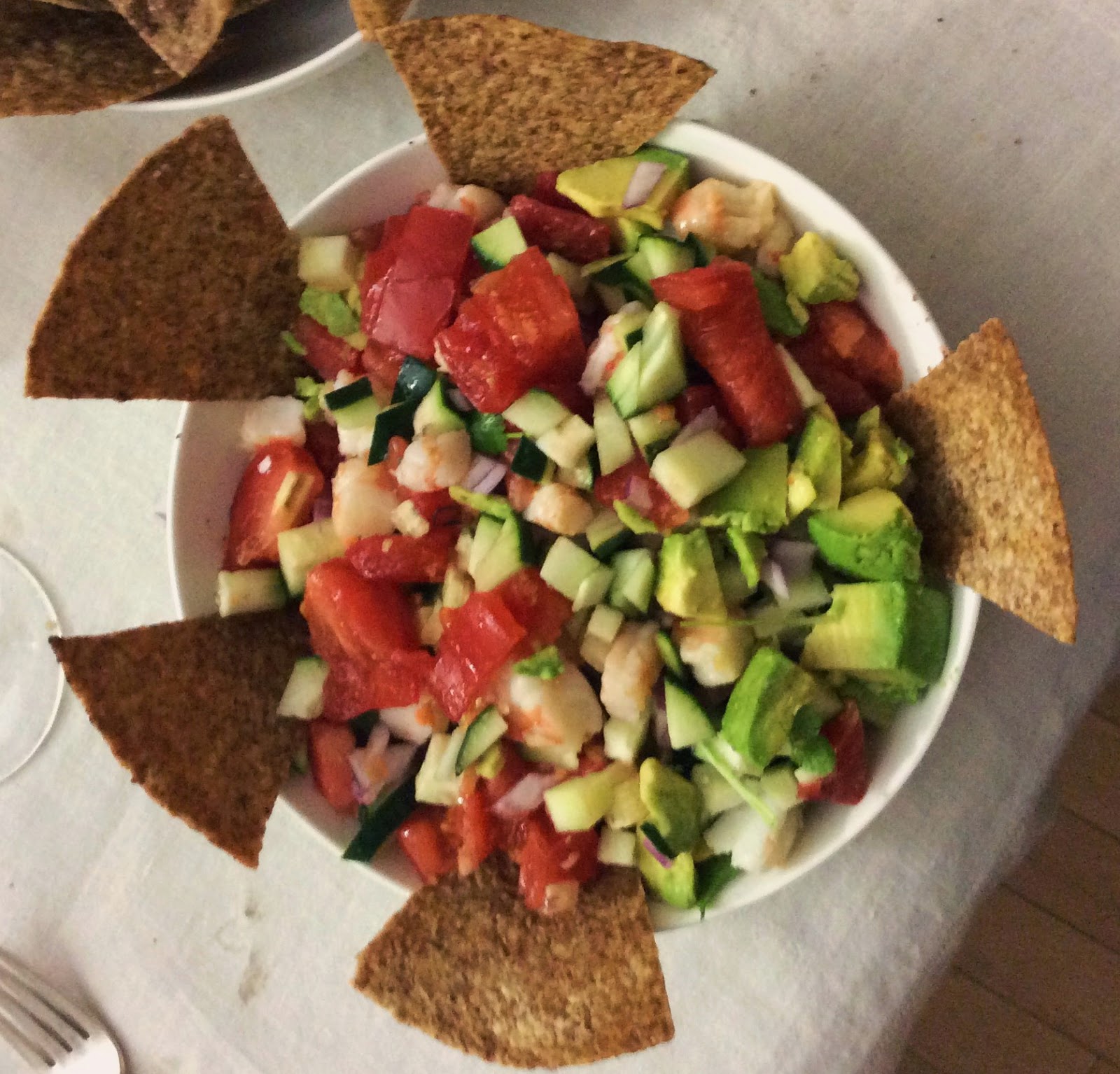 Alas, we have no grill. But, if you can stand heating up the apartment for fifteen minutes, mushrooms, onions and eggplant are just as (if not more) delicious roasted. And, bonus, you don't have to worry about the bits of onion falling through the cracks of the grill!
Alas, we have no grill. But, if you can stand heating up the apartment for fifteen minutes, mushrooms, onions and eggplant are just as (if not more) delicious roasted. And, bonus, you don't have to worry about the bits of onion falling through the cracks of the grill!I wanted to elevate these from a "typical" sandwich so, while the veggies were roasting, I whipped up a quick tahini spread with fresh basil (better and more nutritious than a more traditional mayonnaise or, worse, ketchup). We also served these with some big arugula leaves on sprouted sesame bread and had a salad on the side. Bon appetit!
Portobello Eggplant Sandwich

Sandwich
- 4 large portobello mushrooms, stems removed
- 1/2 large red onion, thinly sliced
- 8 slices bread
- 1 bunch large arugula leaves
- 1 American eggplant, sliced
- 1/2 cup sesame paste
- 1/2 cup water
- 1 tablespoon fresh lemon juice
- 1 tablespoon salad seasoning blend
- 1 teaspoon tamari
- 1 tablespoon chopped fresh basil leaves
- 1 small clove garlic, chopped
Preheat oven to 375. Arrange mushrooms, onion and eggplant on a foil-covered baking sheet (or two). Roast 15 minutes.
Meanwhile, make the spread by blending together all ingredients in a food processor until creamy.
When vegetables are cooked, remove from oven and let cool slightly. Toast bread. Generously spread spread onto half of bread slices and top with 1-2 leaves arugula, 1 mushroom, some red onion and 1 slice eggplant. Cover with second slice of bread. Enjoy!
Links:
- Grilled Eggplant & Portobello Sandwich from Eating Well
- Crispy Eggplant and Portobello Mushroom and Cheese Sandwiches from Food Network
- Grilled Portobello Sandwich with Roasted Red Pepper and Mozzarella from AllRecipes.com
- Eggplant and Portobello Mushroom Melt from Wine and a Spoon
- Grilled Eggplant and Portobello Mushroom Sandwich from Roman Meal



















